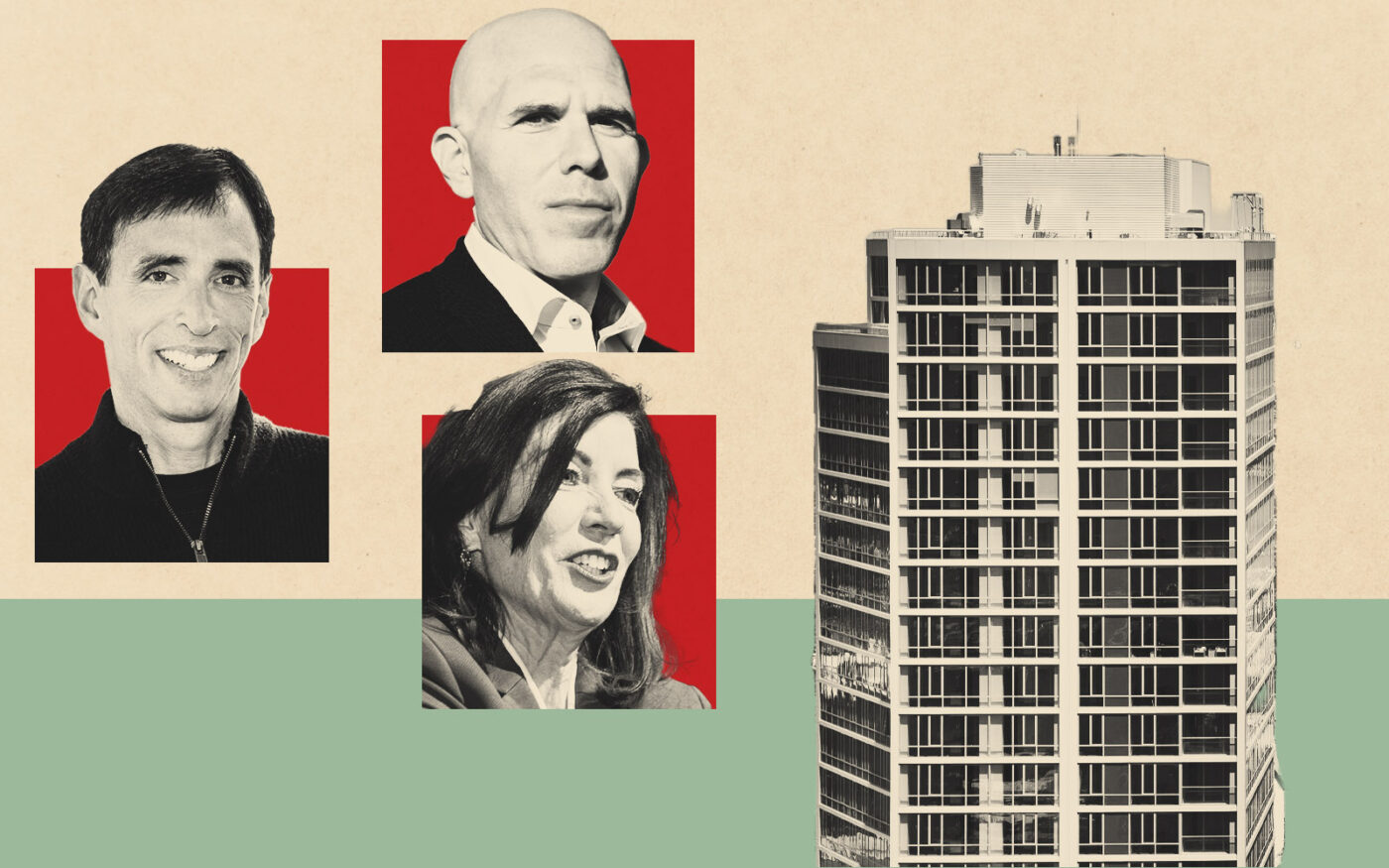Long before the governor began pushing New York’s suburbs to allow more apartments, a number of them in Westchester were doing exactly that.
Their efforts have come to fruition.
A dramatic rise in multifamily building has sparked downtown growth in Westchester cities New Rochelle, White Plains and Yonkers and a slew of towns and villages. It was no accident: They curated growth in their downtowns by offering opportunities around commuter rail stations.
Between 2014 and 2022, annual multifamily building permit filings in the largely suburban county grew six-fold, leaping from 500 to more than 3,000 by the end of last year.
Does anyone have a hypothesis why multi-family residential permits have grown so much in Westchester County, NY?
What’s going on here that’s not happening on Long Island? pic.twitter.com/u3gFUCYl0P
— Daniel Trubman, MPP (@dmtrubman) January 31, 2023
The burst ties back to an initiative New Rochelle launched in 2015. Its Downtown Overlay Zone permitted up to 12 million square feet of new development. Since then, the city has approved 30 projects. A dozen have been completed and 13 are under construction.
The initiative has added more than 6,000 apartments to the city, with zoning allowances for 4,000 more, according to the mayor’s office. Housing production in the state as a whole, however, has failed to keep pace with job growth, according to Gov. Kathy Hochul, who is pushing a plan to remedy that.
Behind the Westchester localities’ growth is a three-pronged policy that analysts say could be copy-and-pasted by other municipalities around New York.
First, New Rochelle selected a master developer, Scott Rechler’s RXR, and granted it exclusive rights to develop roughly 3 million square feet of the city’s downtown.
RXR’s participation and investment drew other developers in the marketplace, according to New Rochelle Mayor Noam Bramson.
Second, the city switched from a land-based zoning code to form-based zoning for 300 acres of its downtown. The new code prioritizes physical qualities such as building height and distance from the street, as opposed to dictating residential or commercial use. That gives developers more flexibility.
New Rochelle then did a generic environmental review of the intended development zone, allowing projects that aligned with its vision to skip environmental impact statements. That drastically cut builders’ costs and reduced project approval times to less than three months.
“We’re not the only community to have these components, but we’re the only one that has done all three in concert,” Bramson said. “Those are mutually supportive measures that have a multiplier effect in terms of their ability to attract investment.”
What’s mattered most, however, is support from the local population.
“All of that begins with desire. We don’t see growth as a burden, we see it as a benefit,” Bramson said. “It is breathing life and energy into our downtown and is creating a more robust marketplace for goods and services that are enjoyed by everyone.”
New Rochelle has reinvested the additional tax revenue in public goods, improving the region’s competitiveness, he added.
The city and RXR also worked to balance residential and commercial development, staggering projects rather than allowing them to break ground all at once.
“You have to make sure that you’re doing it in a thoughtful way, so that you’re not just requiring folks to run to a downtown core that’s not ready for it,” said RXR executive Joseph Graziose Jr.
The policies have helped New Rochelle become one of the fastest growing municipalities in New York, according to a 2022 Redfin ranking.
“The story of New Rochelle really is a unique one,” said RXR’s David Garten. “They had tried in the past to inject economic activity in the downtown but they weren’t able to do it.”
New Rochelle is definitely part of the explanation for why Westchester NY is permitting so much more multi-family housing recently. pic.twitter.com/1y3J9amBCL
— Daniel Trubman, MPP (@dmtrubman) January 31, 2023
After its city council signed off on the Downtown Overlay Project, other municipalities took note, according to Alex Armlovich, a housing analyst with the Niskanen Center, a Washington, D.C.-based think tank.
“Because of the example they’ve set in New Rochelle, other older cities are thinking, ‘Hey, we can do that too,’” he said.
Growth has been more modest in other areas of Westchester, but still seismic compared with the incremental gains in previous decades.
Building permits nearly quadrupled in White Plains, to 1,100 in 2022 from about 300 annually in previous years. In Yonkers, growth exploded in 2018, when more than 600 multifamily building permits were filed, and has remained around that level since.
These northern suburbs remain exceptions in the tri-state region. “There’s New Rochelle, there’s Jersey City, there’s a couple little rezonings, and then everywhere else is just not growth-friendly at all,” said Armlovich, a member of housing advocacy group Open New York.
With six developments across Westchester, RXR cites several keys to successful development in the region: transparency with local government, identifying projects as long-term investments and being seen as a “responsible corporate citizen.”
That entails regularly hosting community roundtables and developing local investment funds for things like youth programming, pandemic relief or small-business initiatives — all ways to keep residents happy and community-minded.
“The pressure of ensuring that a deal can actually pencil is not just necessarily the cost of actually building, but it’s ensuring that the people will actually have a place to live and want to be there,” said Garten.
Correction: An earlier version of this story misstated the number of apartments added in New Rochelle.
